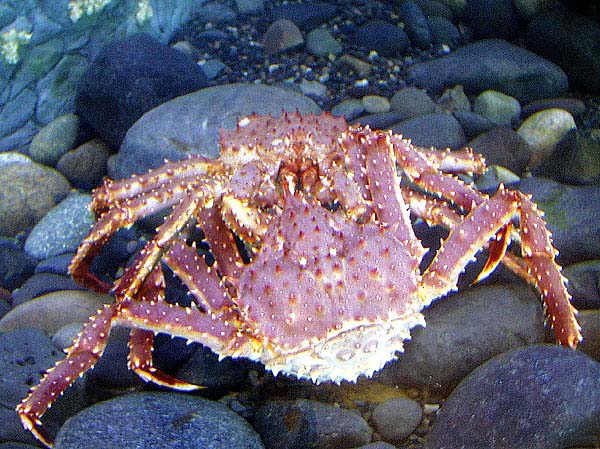
I love Mexican and Tex-Mex food. But after a while all the fat in those fast food burritos and tacos gets old, plus the pounds and cholesterol start adding up.
One of the best solutions for delicious and healthy burritos, tacos, etc., is to make them with my favorite seafood. I’ve found ordering fish and other seafood over the internet is surprisingly fast (with overnight delivery) and surprisingly economical. Most of all, internet seafood orders allow for better selection and quality than I can find in my neighborhood.
Here are some of the easiest ways I’ve figured out to have a really tasty Mexican style lunch or dinner without much effort, all based on these online seafood orders. You can even buy crab quesadillas online, and all you have to do is fry ‘em up.
Meanwhile, here’s a tested recipe adapted from realage.com (so you know it is healthy) for a crab quesadilla that is bound to please your palate. The only cooking involved is frying the tortilla, which keeps your kitchen cool while the ingredients will add all the heat you can stand!
CRAB QUESADILLA RECIPE
For 2 quesadillas, combine in a medium bowl, in order:
· 1/2 cup shredded reduced-fat Cheddar cheese
· 1 tablespoon reduced-fat cream cheese, softened
· 2 scallions, chopped
· 2 tablespoons red bell pepper, finely chopped
· 1/3 cup chopped fresh cilantro
· Jalapenos, chopped finely (1 tablespoon, or as desired)
· 1 teaspoon freshly grated orange zest
· 1 tablespoon orange juice
· 1 cup cooked crabmeat (stir in gently)
Spread half the filling in each a flour tortilla. Fold in half, flatten gently. Fry in nonstick pan with light covering of canola oil until golden on each side, about 2 minutes each. Cut into wedges and serve.
CREATE YOUR OWN ALTERNATIVE
The above recipe can be adapted to suit your tastes. Try it with the meat from cooked King Crab Legs, or buy fresh lobster for a quesadilla royale! Other possibilities include sautéing some white fish fillets, shrimp or prawns with herbs and spices of your choosing.
Substitute pepper jack cheese for the cheeses and jalapeno above. For milder tastes, omit the hot pepper; for wilder tastes, chop up some habaneros, the second hottest chili peppers on the planet! What would tickle your taste buds?
The really great thing when you place a fresh seafood order via the internet is that you literally have a sea of options awaiting you.






